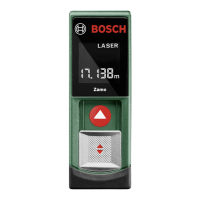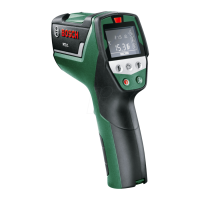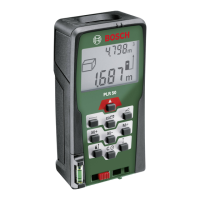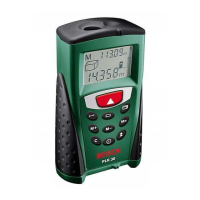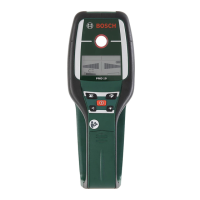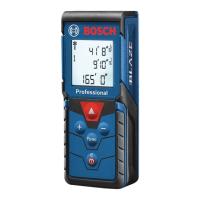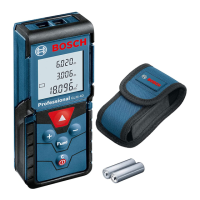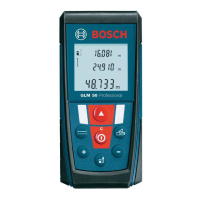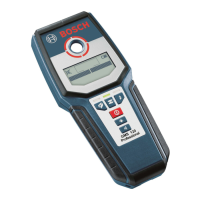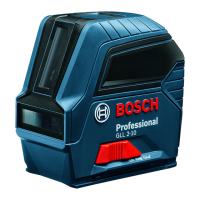43
Workshop Manual
Smart Tachograph EFAS-4.10/4.11
In addition to the code number, other information pertaining to the DTC is stored in the fault memory, e.g. whether the fault
is still active at the time of inquiry or how frequently a DTC has been registered. Many inspection and programming devices
display the value of the status byte in addition to the DTC. The least signicant bit of the status byte contains information on
whether the fault is active or was registered in the past.
Example:
Value 2F = active fault
Value 2E = fault is no longer active
Note In contrast to type 1 (EFT), DTCs can be deleted via a diagnosis interface (serial front interface, K-line or CAN
interface), provided the event or the fault no longer occurs or is no longer active.
Modern instrument panels, which use the diagnosis service “Unied Diagnostic Service” (UDS), are often able to display the DTC
in text form with additional information. However, these displays are specic to the vehicle manufacturer. The EFAS Service Tool
displays the respective ISO code with the meaning in text form for all saved DTCs respectively as well as the additional data.
There is an overlap between the type 1 and type 2, i.e. certain events and malfunctions of type 1 and type 2 have virtually the
same meaning and, in general, occur simultaneously. They are then annunciated optically and acoustically by type 1. Conse-
quently this does not apply for DTCs which do not correspond to type 1.
Type 3, Service ID:
Regardless of the type, all events and malfunctions of the EFAS are assigned to a “Service-ID” (aka SrvID) dened by the tacho-
graph manufacturer Intellic. The relationship between the separate types is clearly established via the service ID. Moreover,
there are additional codes that have been dened by the tachograph manufacturer and for which there is no equivalent code
of type 1 or type 2.
The service ID is used for message output on the display (see the following chapter) and in printouts. The manufacturer specic
printout “SrvId” contains the most recent service IDs, see section12.4.
To make it easier to tell EFTs and DTCs apart from service IDs, the number of each SrvID is preceded by an “S”.
10.3 Display of events and malfunctions
10.3.1 Displays in the OPERATIONAL mode
All events and malfunctions recognized by the recording equipment EFAS are identied by a successively numbered service
code (Service ID). The service codes enable a detailed dierentiation. If an event or a malfunction is displayed, then additional
information can be displayed by pressing one of the cursor keys briey.
Example:
The following event is displayed in accordance with the Regulation (EC) No. 2016/799:
Figure 48 — Example of an event message
The type of event is already clearly identied by the symbol “>>”. Therefore, the specication of the associated EFT code with the
value “70” is omitted in the message and in the printout.
The following text with detailed information is displayed for approximately 4 seconds after pressing one of the cursor
keysor:
Figure 49 — Display of an message as a service ID
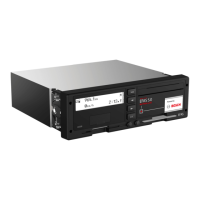
